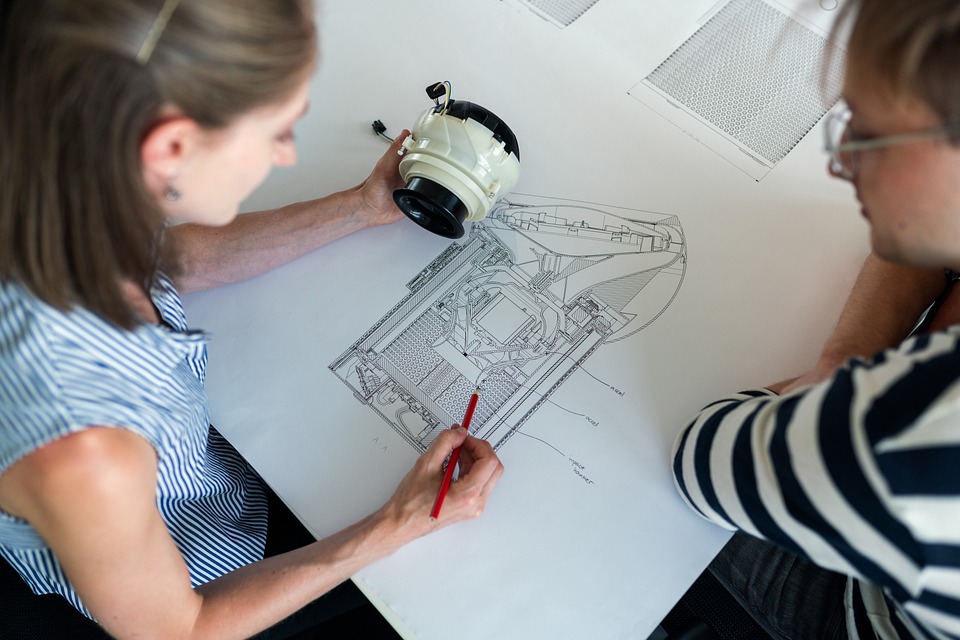Crafting an Impressive Cover Letter for Design Engineers
In the competitive realm of engineering design, your cover letter serves as a vital introduction—an opportunity to showcase not just your qualifications, but your personality and passion for the field. A well-crafted cover letter can set you apart, so let’s explore some strategies to make yours truly stand out.
1. Tailoring Your Letter
Generic cover letters are as welcome as a rainy day in July. Instead, personalise your letter to the specific role and company. Research the company’s culture, recent projects, and values. Mentioning these aspects not only shows your interest but also highlights your proactive nature. For instance, if the company has recently embraced sustainable design, you might discuss your own experience with eco-friendly materials or practices.
2. Opening Strong
The opening of your cover letter should grab the reader’s attention immediately. Instead of the usual “I am writing to apply for the position of…,” try starting with a compelling anecdote or a bold statement about your passion for design engineering. Perhaps share a brief story about a project that ignited your love for the field or a challenge you overcame that showcases your innovative thinking. This sets a dynamic tone right from the start.
3. Showcasing Relevant Experience
When detailing your experience, select projects that align closely with the job description. Use the STAR method (Situation, Task, Action, Result) to succinctly communicate your achievements. For example, if you led a team to develop a new product, describe the situation, the task at hand, the actions you took, and the successful outcome. Quantifiable results, such as “increased efficiency by 30%,” resonate well and provide tangible evidence of your capabilities.
4. Highlighting Technical Skills and Soft Skills
Design engineers are often required to blend technical prowess with interpersonal skills. While it’s essential to mention specific software or methodologies you excel in—like CAD software or Agile processes—don’t neglect the softer side of engineering. Communication, teamwork, and problem-solving are equally important. Perhaps you’ve facilitated a collaborative workshop that resulted in a groundbreaking design. Illustrate how your skills in both areas make you a well-rounded candidate.
5. Crafting a Memorable Closing
As you wrap up your letter, reiterate your enthusiasm for the position and the company. A simple yet effective closing might express your eagerness to discuss how you can contribute to their projects. Instead of a bland “Thank you for your consideration,” try something like, “I look forward to the opportunity to bring my innovative solutions to your team.” This leaves a lasting impression and invites further conversation.
The Art of Revision
Once you have penned your cover letter, the next step is crucial—revision. Read it aloud to catch awkward phrasing or grammatical errors. Consider seeking feedback from peers or mentors in the engineering field. An extra pair of eyes can offer invaluable insights, ensuring your letter is polished and professional.
In the competitive landscape of design engineering, a well-crafted cover letter can be your golden ticket to securing that coveted interview. By tailoring your content, showcasing both your technical and soft skills, and leaving a memorable impression, you can position yourself as a standout candidate.
For those seeking further guidance, CVPortal consistently brings you a wealth of high-quality CV references to inspire your job application journey.


